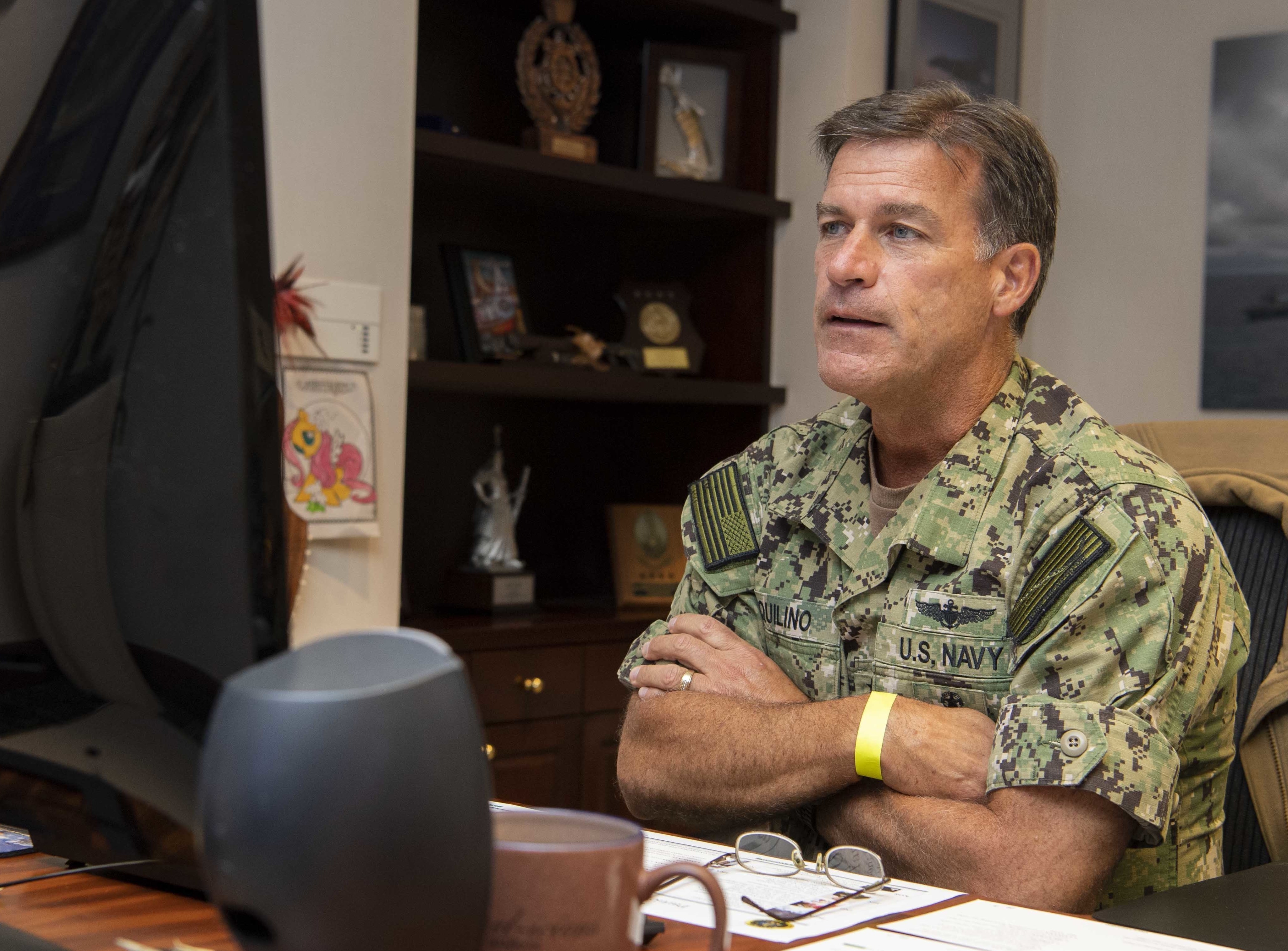
The Senate today voted to confirm Adm. John Aquilino as the new head of U.S. Indo-Pacific Command.
Aquilino, who has served as the Navy’s U.S. Pacific Fleet commander since May 2018, was approved for the combatant commander role in a unanimous consent vote this morning.
The four-star admiral will take command at a time when China is considered the pacing threat for which the U.S. military should prepare itself, and as Beijing continues to threaten Taiwan and provoke its neighbors in the South China Sea. Finding ways to deter China, as well as convince countries throughout the Pacific and Oceania that they should partner with the U.S. instead of turn to China for assistance, will be at the top of Aquilino’s to-do list.
During his confirmation hearing with the Senate Armed Services Committee, Aquilino told lawmakers that a Chinese military takeover of Taiwan was his biggest concern.
“The most dangerous concern is that of a military force against Taiwan. To combat that, the forward posture west of the international dateline is how [current INDO-PACOM Commander Adm. Phil] Davidson describes it – and I concur with that: forces positioned to be able to respond quickly, and not just our forces,” Aquilino said.
“Those forces combined with the international community, with our allies and partners – those nations with common values. Those two things would position us very strongly for the deterrence required.”
Aquilino said there were a range of predictions about when exactly China might look to take over Taiwan, but he said he assesses that date might be “much closer to us than most think.”
In addition to partnering with local militaries in the region, Aquilino also threw his support behind military sales to Taiwan and sending high-end U.S. military forces and assets such as the F-35 Joint Strike Fighter fifth-generation fighter jet to the region. The Marine Corps already operates its F-35B variant in the Pacific, and the Navy is expected to conduct its first carrier strike group deployment with the F-35C later this year.
Aquilino was first nominated for the INDO-PACOM job in December by the Trump administration, but that nomination was put on hold by the Biden administration in January. After a re-look, Aquilino was again nominated to lead the largest combatant command in early March.
He took command of PACFLT less than a year after two fatal destroyer collisions killed 17 sailors in the Pacific in June and August of 2017. PACFLT, and U.S. 7th Fleet under it, helped oversee the implementation of new policies meant to improve readiness and stop the trend of ships that were not fully trained or maintained being sent out on missions regardless of the added risk, USNI News has previously reported.
More recently, PACFLT was hit early and hard by the coronavirus pandemic, with USS Theodore Roosevelt (CVN-71) and USS Kidd (DDG-100) seeing early outbreaks in the Pacific. The fallout led to the TR commanding officer and the acting secretary of the Navy losing their jobs in the handling of the the outbreak on the aircraft carrier.





